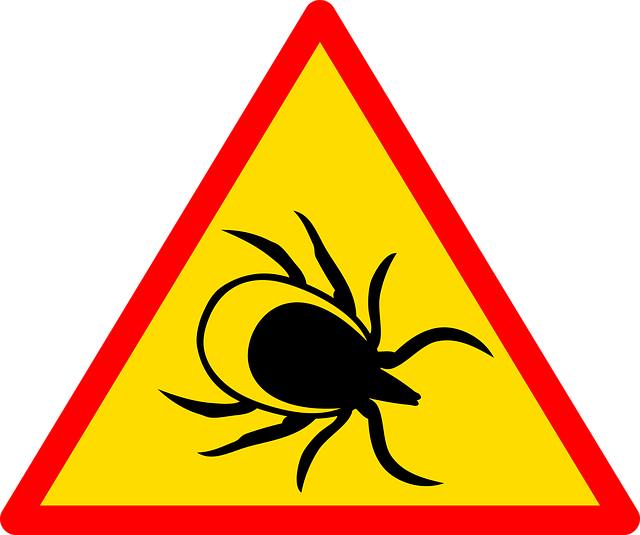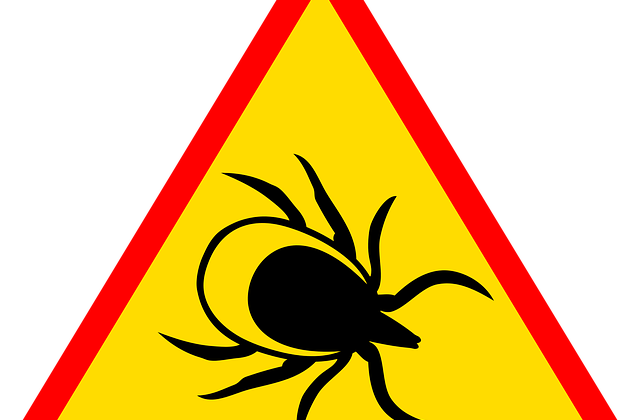The Tick-Borne Disease Working Group was established by the 21st Century Cures Act, signed into law in 2016. More than 300 pages long, the Act was a sweeping response to many issues in health care brought up by health care professionals, health care businesses and members of the public. Some of these health care issues had touched legislators personally, including tick-borne disease.
The first work output of the group, in 2018, was their Report to Congress, in which they explained their framework and plan for work. We wrote a series of posts about that report, starting here. This was followed by a brief report in 2019, then in 2020 the working group and its committees all wrote updates. These updates can be found on the HHS website here.
The Pathogenesis and Pathophysiology Subcommittee subsequently published their report in Frontiers in Medicine in June 2021 with extraneous information such as the table of their meeting schedules removed. This subcommittee is made up of two physicians, five researchers, and a patient advocate who is an advisory board member with the Bay Area Lyme Foundation.
The report discusses what is known about the transmission of Borrelia burgdorferi, the bacterium that causes Lyme disease, and then sets out a series of questions that need further research before B. burgdorferi infection can be better understood. It should come as no surprise that the list of questions is much longer than the statement of what is known.
Next it reviews what is known and unknown about the host immune response to B. burgdorferi infection. Again, there are a lot of questions. Some of those questions are generated by persistent infection. Interventions that are commonly used to treat infections are extremely effective at mounting a defense at the onset of an infection. More research is needed to learn how persistent infection can be treated.
As the article explores the problems that are known to exist in the immune response, it states:
The references provided for this statement are included below.
There is also evidence that even if the infection is effectively eradicated, the resulting immune dysregulation can lead to lasting arthritis symptoms. Combined with the challenges of culturing B. burgdorferi in a persisting state, there is great difficulty in determining if a person has an ongoing infection or if the chronic symptoms are related to inflammation from immune changes. The article sets out a series of questions that need to be answered about autoimmune responses to B. burgdorferi infection if this puzzle is to be sorted out, as well as to better treat patients with autoimmune conditions. Additional information is also needed about how the persisting state of infection develops, what exactly it is, and how it can best be treated.
These questions related to the immune system are similar to what researchers are piecing together for SARS-CoV-2 infection and COVID-19 “long-haulers”.
This report contains something Lyme disease advocates have long worked toward: a framework to better understand both persistent B. burgdorferi infection and autoimmune outcomes of treated infection.
References for metabolically active persisting B. burgdorferi:
Embers ME, Hasenkampf NR, Jacobs MB, Tardo AC, Doyle-Meyers LA, Philipp MT, et al. Variable manifestations, diverse seroreactivity and post-treatment persistence in non-human primates exposed to Borrelia burgdorferi by tick feeding. PLoS ONE. (2017) 12:e0189071. doi: 10.1371/journal.pone.0189071
Greenmyer JR, Gaultney RA, Brissette CA, Watt JA. Primary human microglia are phagocytically active and respond to Borrelia burgdorferi with upregulation of chemokines and cytokines. Front Microbiol. (2018) 9:811. doi: 10.3389/fmicb.2018.00811
Caskey JR, Hasenkampf NR, Martin DS, Chouljenko VN, Subramanian R, Cheslock MA, et al. The functional and molecular effects of doxycycline treatment on Borrelia burgdorferi phenotype. Front Microbiol. (2019) 10:690. doi: 10.3389/fmicb.2019.00690
Hodzic E, Imai D, Feng S, Barthold SW. Resurgence of persisting non-cultivable Borrelia burgdorferi following antibiotic treatment in mice. PLoS ONE. (2014) 9:e86907. doi: 10.1371/journal.pone.0086907


